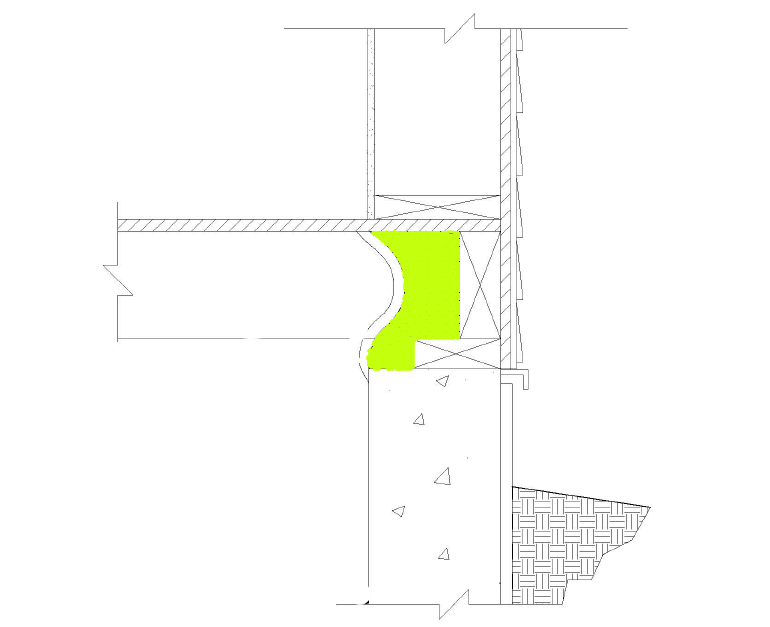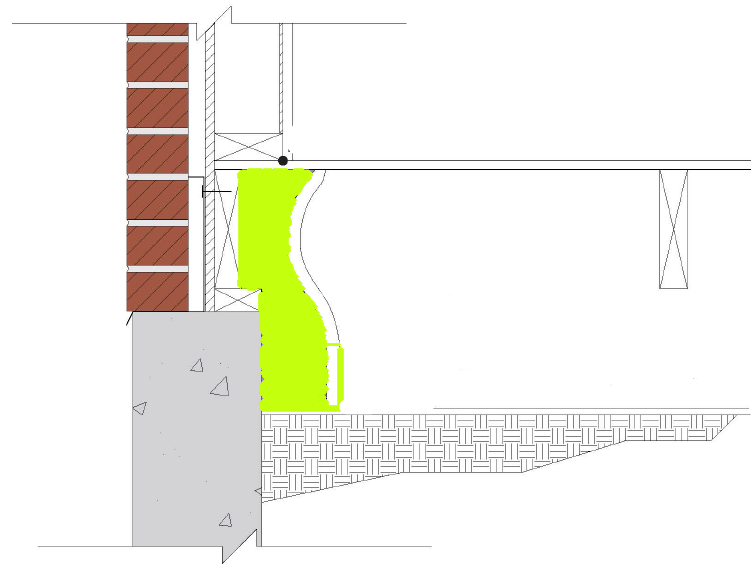Rim Joists the Right Way
Insulating a rim joist (the perimeter framing that supports the floor joists in a building) with spray foam is better than with fiberglass batts and tape for several reasons:
Air sealing: Spray foam forms a seamless and continuous barrier when applied, effectively sealing all gaps, cracks, and penetrations in the rim joist. This prevents air leakage and drafts, which can lead to energy losses, higher heating and cooling bills, and discomfort. On the other hand, fiberglass batts and tape are not as effective at sealing air leaks, as they can become compressed over time, or the tape can lose its adhesive properties.
Moisture control: Spray foam is a moisture-resistant material that can prevent the buildup of moisture within the rim joist, which can lead to mold growth, rot, and structural damage. Fiberglass batts, on the other hand, are highly porous and can absorb moisture, reducing their insulation value and potentially causing health problems.
Energy efficiency: Spray foam has a higher R-value (a measure of insulation’s ability to resist heat flow) per inch than fiberglass batts. This means that spray foam provides a more efficient insulation layer and can help reduce energy consumption and costs.


